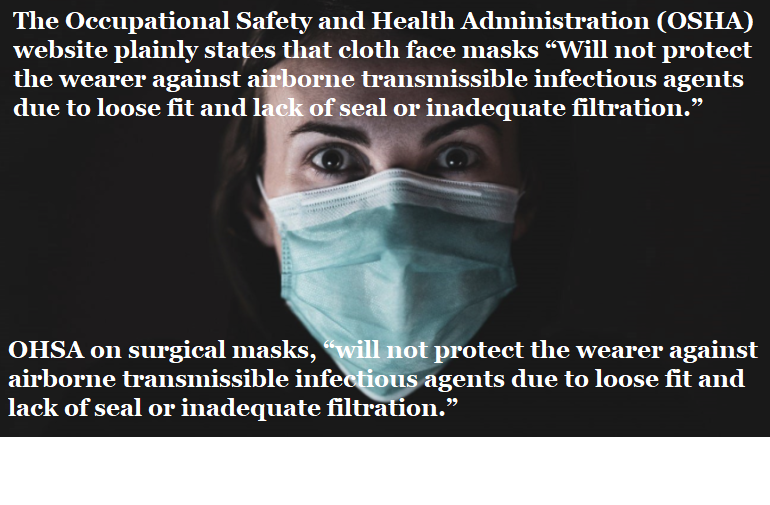
DeWine: Mandatory mask wearing could hit COVID-19 hot spots in Ohio
by: NBC4 Staff
COLUMBUS (WCMH) – Ohio Gov. Mike DeWine did not mandate everyone wear a mask to prevent the spread of the COVID-19 coronavirus, but he did say that decision could be made on a geographic basis.
DeWine spent a good amount of his Thursday statehouse briefing discussing the surge of cases in the southwest portion of the state, including Dayton and Cincinnati, both of which experienced surges in COVID-19 cases over the last 10 days.
“Throughout this, as reopenings began, our businesses, people have been wearing masks in the businesses,” DeWine said. “That makes a difference. That is very, very, very good. We’re urging people, of course voluntarily, to wear masks.”
As the state moves forward, it is now looking at COVID-19 cases on a county by county basis.
“As we see alarming numbers in Dayton, as we see alarming numbers in Cincinnati, Hamilton County and Dayton in Montgomery County, these are conversations that we’re going to be having with local officials about what are the different things that we can do,” DeWine said.
As of Thursday, 16 states and the District of Columbia have issued mandates that masks must be worn in certain conditions. Those states are: California, Connecticut, Delaware, Hawaii, Illinois, Kentucky, Maine, Maryland, Massachusetts, Michigan, Nevada, New Jersey, New Mexico, New York, Pennsylvania, and Rhode Island.
“What needs to be done right now is we need to urge people to wear masks, we need to have more tests, that’s on us, we gotta do that, we are doing it,” he said. “We’re putting the National Guard out into these zip codes. General Harris has been instructed to go into those zip codes, work with the local officials, find the right spots, go into those zip codes and put testing. That’s where we are now. Are there other steps that we may have to take? Sure. I’m just gonna let it go at that.”
When asked if he would mandate masks for hot spot areas, DeWine said those decisions would be made after consulting with local officials.
“These are not going to be unilateral decisions,” he said. “These are decisions that we are going to make informed by the data and informed by discussions with local officials, but yes, we are looking at the state now in segments, we’re looking at it in regions, we’re looking at it in counties.”
DeWine added that while the state may be looking at the problem differently than it was when the pandemic started, that does not mean the message has changed.
“There’s spread everywhere,” he said. “It’s just more in some places than in others, but no matter where you are, if you wear a mask, you’re helping. Even if the spread is half of what it is somewhere else, there’s still spread.”